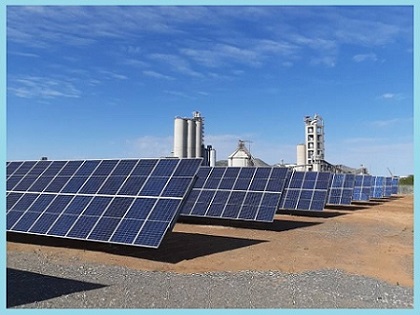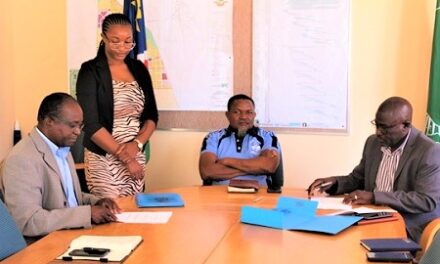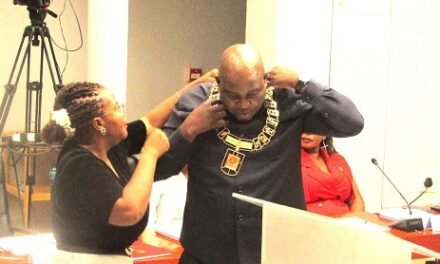
By Victor Angula|
In the month of July Namibia produced only 48 191MWh of electricity, while the country’s demand stood at 334 705MWh. July’s production of electricity was a decrease by almost 25% from the 64 155MWh produced in June 2021.
Of the total 48 191MWh produced locally in July, 54.4% of it was produced by independent solar power producers. Which means that Nampower produced only 45.6% (21 975MWh).
As a result Namibia had to import electricity for the month of July 2021 of 286 514MWh. The import came from South Africa (49.1%), Zambia (28.4%), and Zimbabwe (12.9%).
The 16 local companies which produced 7.8% of the total energy used in July are Hopsol/Anirep Solar IPP, InnoSun Osona Solar IPP, METDECCI Solar IPP, Aloe Investment Solar IPP, EJUVA One Solar IPP, EJUVA Two Solar IPP, Momentous One Solar IPP, Alcon Consulting Services Solar IPP, Camelthorn Business Venture Solar IPP, Sertum Solar IPP, Tandii Solar IPP, NCF Energy Solar IPP, Ombepo Energy Wind IPP, InnoSun Omburu Solar IPP, Greenam 20 MW Solar IPP, and Alten Hardap PV 37 MW IPP.
Nampower’s Stakeholder Liaison Officer Ms Ingrid !Hoaes attributed the decreased local power generation to low rainfall in Angola.
“Our electricity imports are dictated by the availability of local generation. The generation of the Ruacana Power Station declined during the said period because of the low Kunene River flow,” !Hoaes said in response to questions from Omutumwa.
“When the river flow is low, the station generates less electricity, and when the flow is strong it generates more. Also take note that the river flow does not depend on Namibia’s rainfall but on that of Angola, which had a very dry rainy season during the said period.”
!Hoaes also said that Nampower to import electricity is not indication of failure on the company whose mission is to “produce power for the nation and beyond”.
“NamPower’s mission is to ensure security of supply for the country. Thus, to supply the country, NamPower makes use of local and regional energy sources.
“And because NamPower forms part of the Southern African Power Pool (SAPP), it sources electricity from the pool to meet demand. It’s through the same SAPP that NamPower sells electricity when it has excess.”
While Namibia is a sunny country, it has not yet started tapping significantly into solar power production but still relies heavily on its hydro-power generation assets which are under the control of Nampower.
In the photo: HopSol Solar Power Plant.






